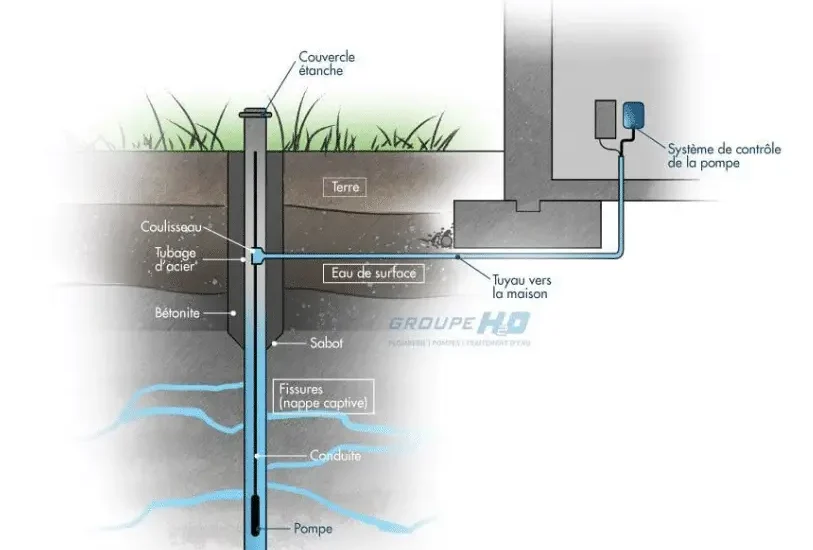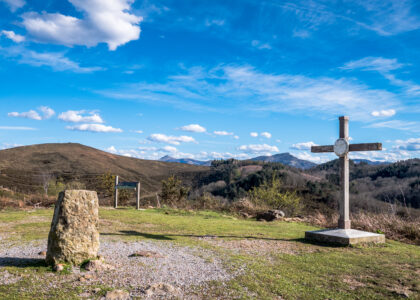Welcome to the historical site of the ‘Puits Artésien’ in France. While the specific location details and type are not provided, let’s delve into the fascinating history of artesian wells and their impact on society, particularly in the 19th century.
The term ‘artesian well’ comes from the former province of Artois in France, where such wells were first extensively utilized. These wells are unique because they tap into aquifers that have sufficient pressure to push water to the surface without the need for pumping. This technology was revolutionary in the mid-1800s, transforming the way communities accessed water.
Louis-Georges Mulot, a notable French engineer, and entrepreneur, played a pivotal role in the proliferation of artesian wells in Paris. Born in 1792, Mulot initially worked with various tools and machinery, which set the stage for his future in engineering. His journey into the world of artesian wells began in 1823 when he repaired equipment for workers digging a well. Inspired, he learned the process and began digging wells himself, including one on the property of Marquise de Grollier.
Mulot’s most significant project was the artesian well at Grenelle in Paris. Started in 1834 and completed after seven years of effort, it reached a depth of 548 meters, striking water and supplying the city with a vital resource. This well was a testament to the era’s engineering prowess and remained in use for many years.
Artesian wells were not just a technological marvel but also reshaped cultural practices. In the 19th century, as they became more common, they enabled the establishment of bathhouses and expanded social practices around bathing and swimming. This abundance of water led to what some have described as ‘hydraulic opulence,’ fostering a belief in limitless water supply—a notion that persists in many regions today.
The broader historical context of artesian wells highlights a shift away from reliance only on surface water sources. By enabling access to groundwater, they supported urban expansion and public health improvements.
As you explore this site, imagine the impact that such innovation had on people’s lives—how it changed their daily routines, their health, and their urban environments. These wells were more than just a source of water; they were a catalyst for change, influencing the course of urban development and public infrastructure.





